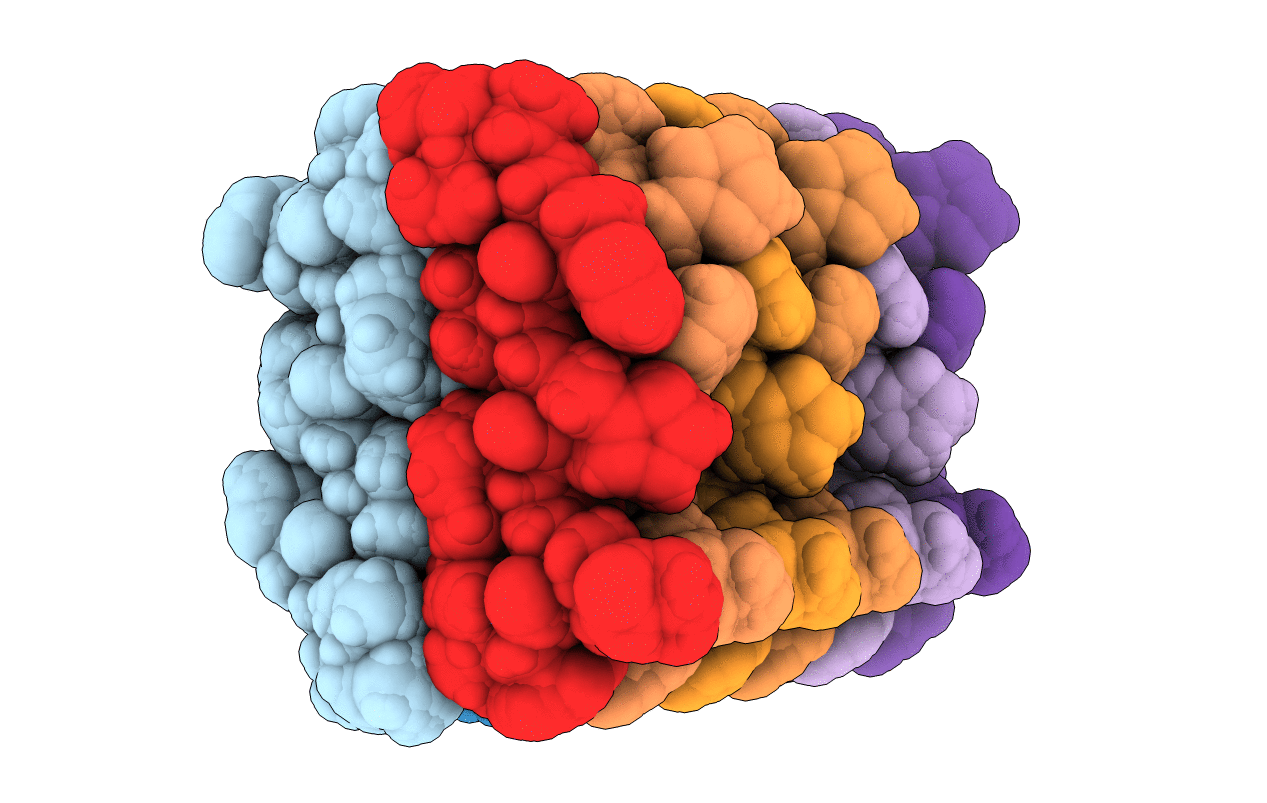
Deposition Date
2017-01-09
Release Date
2017-05-31
Last Version Date
2024-05-15
Entry Detail
PDB ID:
5UGK
Keywords:
Title:
Zinc-Binding Structure of a Catalytic Amyloid from Solid-State NMR Spectroscopy
Biological Source:
Source Organism:
synthetic construct (Taxon ID: 32630)
Method Details:
Experimental Method:
Conformers Calculated:
100
Conformers Submitted:
20
Selection Criteria:
structures with the lowest energy


